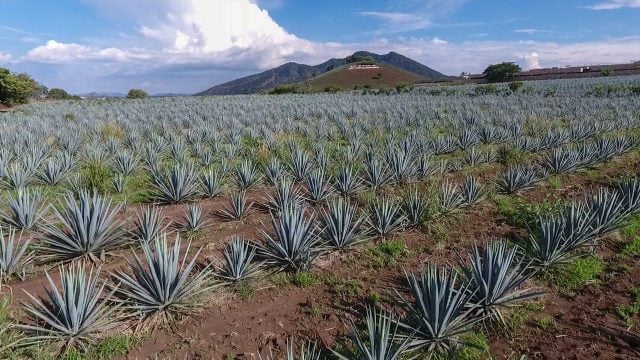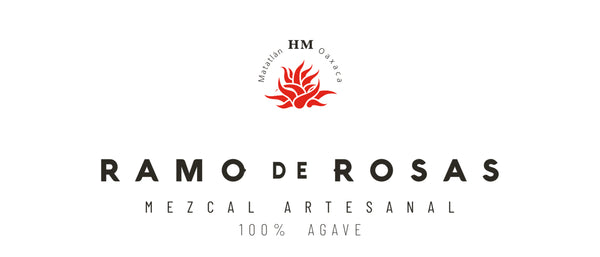Tequila vs. mezcal: main differences
Mexico, cradle of ancestral traditions and rich culinary heritage, offers us two agave distillates that have conquered the palates of the world: tequila and mezcal. Both share their origin in the agave, but their paths diverge in a number of aspects, from the mother plant to the specific regions of production. Let's look at the fundamental differences between these two Mexican treasures.
1. Agave: the shared sacred plant
The common starting point between tequila and mezcal is agave, a plant that has been revered by Mexico's indigenous cultures for centuries. However, this is where the divergences begin. Tequila is made primarily from the blue agave variety, known as Agave tequilana Weber, while mezcal can be produced from several species of agave, giving a wider range of flavors and aromatic profiles.
2. Production process: ovens and grinding mills differ
The production method also makes a clear difference. In tequila production, agave piñas are cooked in autoclaves (industrial ovens with high-pressure steam), speeding up the process and creating a more uniform flavor profile. On the other hand, mezcal is cooked in underground ovens lined with hot stones and covered with vegetable fibers, which provides diverse, more smoky flavors in general (in the case of Ramo de Rosas the smokiness is very low ). In addition, mezcal preserves the tradition of grinding with stone mills, while tequila usually uses mechanical mills.
3. Terroir and denomination of origin: regional identity
The Denomination of Origin (DO) is another crucial aspect. While both tequila and mezcal have DOs, each covers specific geographic regions with particular climatic and geological conditions. Tequila is mainly produced in Jalisco while mezcal comes from areas such as Oaxaca, Guerrero, Durango, San Luis Potosí, among others. Each region brings unique nuances to the flavor profile of its respective spirit.
4. Maturation and diversity of flavors: rested vs. young
Maturation in barrels is another point of divergence. While both tequila and mezcal can come in Joven, Reposado, and Añejo varieties, regulations and preferences vary. Mezcals are often enjoyed in their young form to preserve the freshness and rich diversity of agave flavors, while reposado and añejo tequilas tend to be more common, taking advantage of the characteristics of the wood to develop complexity and smoothness.
5. Label and name: control of each bottle
Lastly, etiquette plays an important role. The tequila bottles bear the seal of the Association of Tequila Producers (CRT), while the mezcal highlights its origin in the Mezcal Regulatory Council (CRM).
In short, although tequila and mezcal share the essence of agave, their differences in terms of agave variety, production process, region of origin, maturation and cultural tradition make each a unique experience. Whether enjoying the clean character of tequila or exploring the diverse complexity of mezcal, both spirits offer a sensory journey that reflects the richness and diversity of Mexico.

